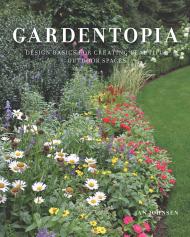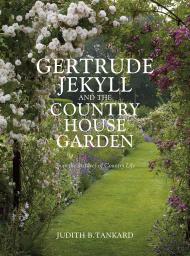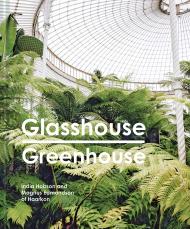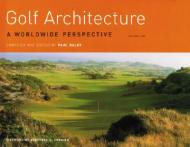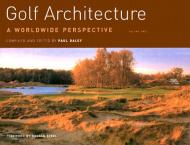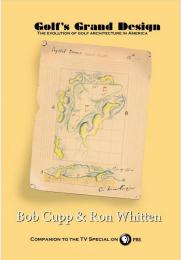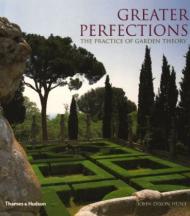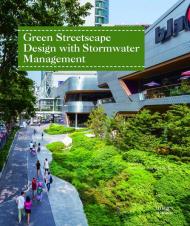“Gardentopia is that rare marriage of the art of landscaping and the technical knowledge of how to compose a landscape ― boiled down to readily understood and easily executed actions. This book puts you in the driver’s seat and shows you how to chart the course to your own personal garden utopia.” - Margie Grace, Grace Design Associates
Any backyard has the potential to refresh and inspire if you know what to do. Jan Johnsen’s new book, Gardentopia: Design Basics for Creating Beautiful Outdoor Spaces, will delight all garden lovers with over 130 lushly illustrated landscape design and planting suggestions. Ms. Johnsen is an admired designer and popular speaker whose hands-on approach to “co-creating with nature” will have you saying, “I can do that!’
This info-packed, sumptuous book offers individual tips for enhancing any size landscape using ‘real world’ solutions. The suggestions are grouped into five categories that include Garden Design and Artful Accents, Walls, Patios, and Steps and Plants and Planting, among others. Whether you are an experienced gardener or a landscaping novice, Gardentopia will inspire you with tips such as ‘Soften a Corner”, “Paint it Black”, and “Hide and Reveal”.
About the Author:
Jan Johnsen began her professional life in Japan in a landscape architecture office. She has been a principal in a landscape design-and-build firm, Johnsen Landscapes & Pools, based in Westchester, New York, for more than thirty years. Her natural design approach is evident in the landscapes that she shares in her books: Heaven Is a Garden, The Spirit of Stone, Floratopia and Gardentopia.
____________
Пролистать книгу Gardentopia: Design Basics for Creating Beautiful Outdoor Spaces на Google Books
